Logo colors: what’s best for your brand?
Choosing the right logo colors can highlight your business’ strengths and help you attract the right customers. And, as you might guess, the wrong combination can have the reverse effect.
Everyone has heard of color psychology, which tells us that colors impact our emotions and behaviors. Yellow is cheerful (because the sun is bright and yellow!) and green is calming (like laying in the grass and looking up at a bunch of leaves is peaceful). But do these logo color “rules” really mean anything in business and branding?
Researchers Lauren Labrecque and George Milne looked into that question and found that some colors have a measurable impact on consumers and others don’t. So yes, yellow will make your brand look youthful and approachable, but a green logo doesn’t inherently make customers think your brand is peaceful. We’ve used their research (and others’) to come up with a definitive list of what logo colors actually tell potential clients.
Which logo colors mean what?
—
Red logos
Red is the universal sign of excitement, passion and anger. It draws attention and makes you stand out from the crowd. Is your brand loud, playful, youthful, or modern? Think red. More mature, classic, or serious? Red may not be for you.
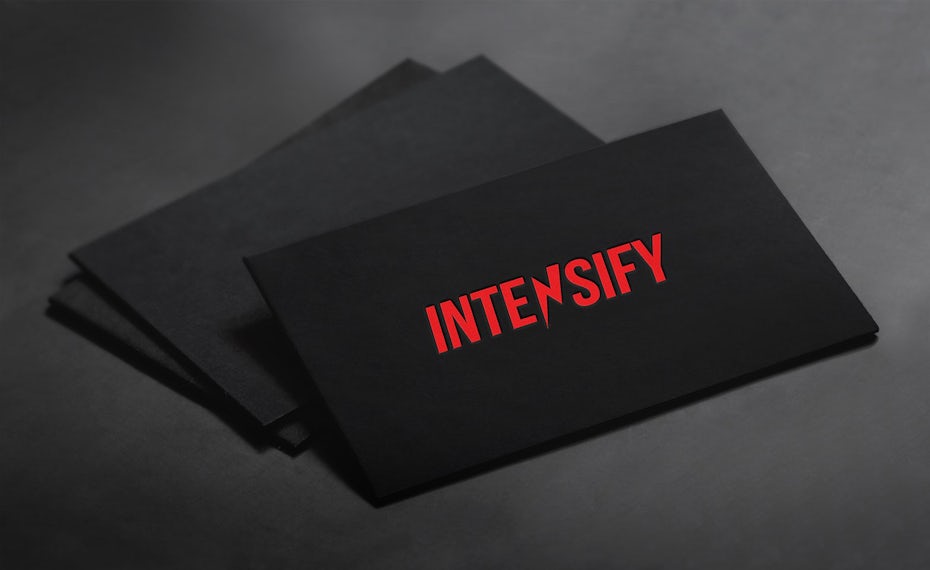
Red is the first color that babies can see (besides black and white). Scientists theorize that humans evolved the ability to see red better than other colors because it allowed us to more easily identify fruits growing on trees. It developed a strong evolutionary meaning as well: when they’re emotional (either with anger or passion), human faces turn red. Thus today we associate that color with heightened emotion, including love, sex, anger and passion. And while not exactly an emotion, red has also been shown to stimulate appetite (which is why you see it in many food and restaurant logos).
Whether used alone or as an accent color, red is a powerful choice for a logo color.
Orange logos
Orange is an invigorating, playful color. Go orange to stand out from the crowd. It’s used less often than red, but still packs an energetic punch. Be cautious when using orange if your brand is trying to appear luxurious or serious, as orange does not invoke those traits to consumers.
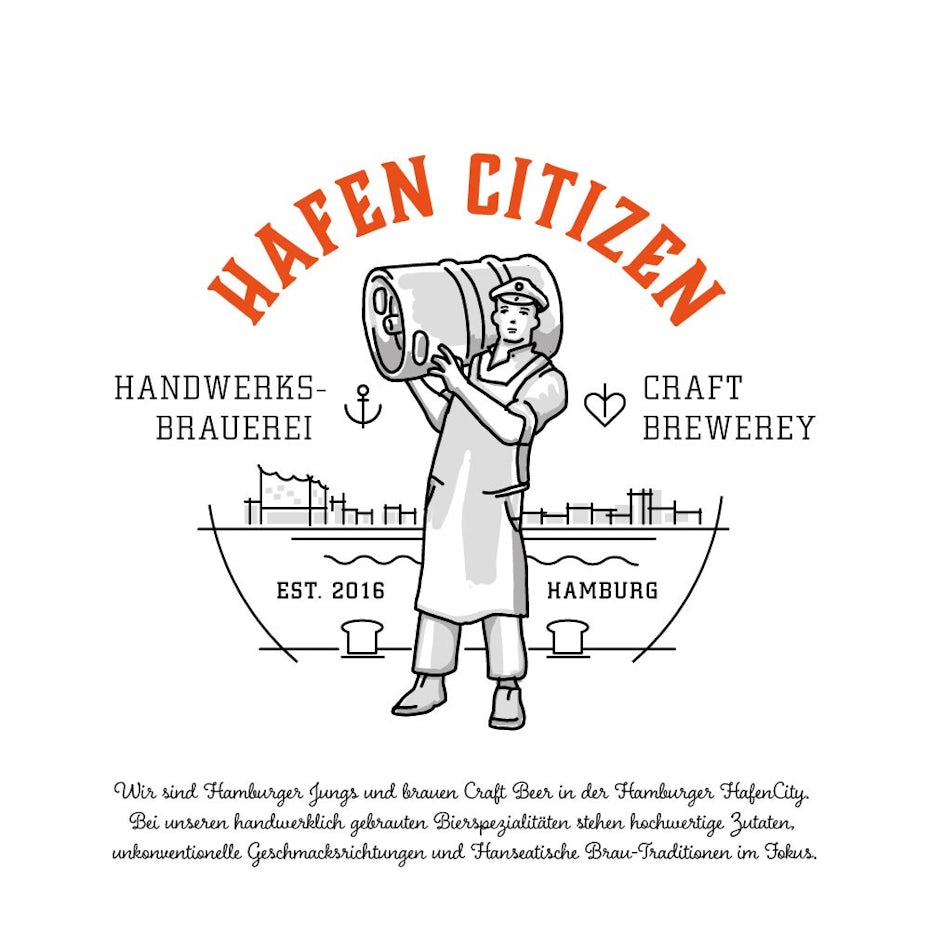
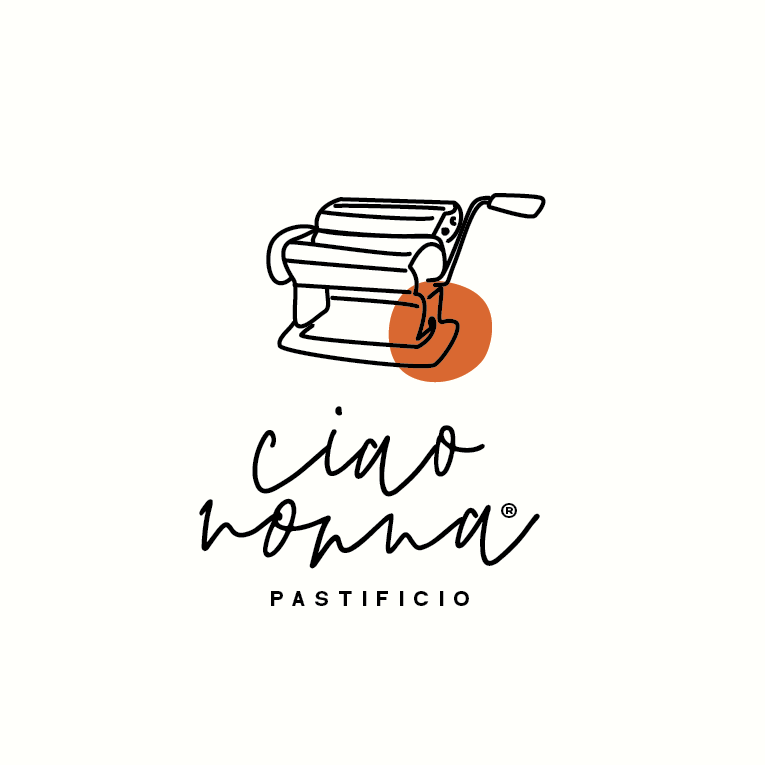
A combination of yellow and red, orange takes on traits of both of those primary colors.
Orange was one of the more recent color words added to the English language (in fact in old English it was known as “yellow-red;” the word orange was adopted from French when the orange fruit was imported from the Mediterranean.
Orange is associated with change (think autumn leaves or orange skies at sunrise/sunset) and is often used by brands who like to think of themselves as a little bit different.
Yellow logos
Yellow logos reflect accessible, sunshiney friendliness. Yellow exudes cheer, and your brand will radiate an affordable, youthful energy. On the other hand, most consumers do not associate yellow with maturity or luxury brands, so think twice if that’s how you want your business to be seen.

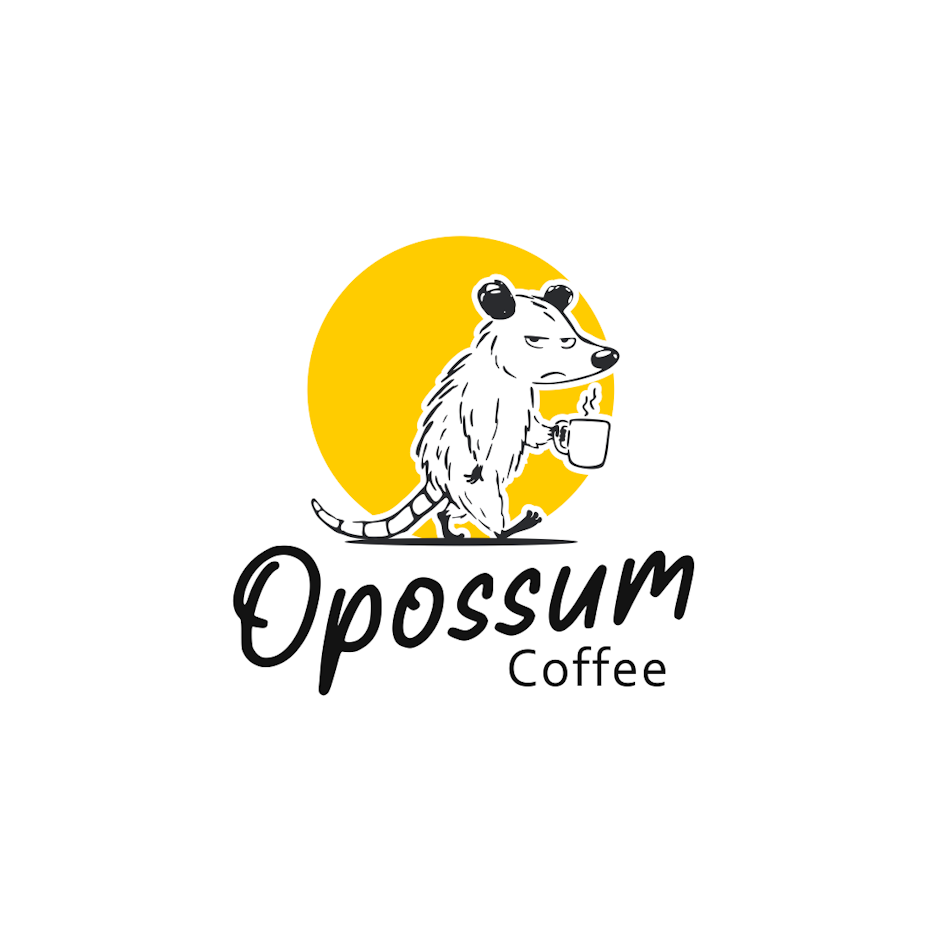
Yellow is a primary color in subtractive color systems and was one of the first paint colors humans were able to mix. It has many cultural associations (gold, fields of wheat and corn, sunlight, etc), and is one of those colors that’s very diverse. A soft, bright yellow is light and fresh, where a deep gold holds more weight and history.
Green logos
The ultimate in versatility, research shows that green isn’t linked with many brand personality traits, but it has strong cultural associations. Typically, green represents the natural world, which is why eco-friendly, vegan, and natural wellness brands often have green logos. But you can also use green for just about any type of business!


Since plants are green (and they come back to life after a long winter), many people say green is the color of growth or new life, but also greed and poison. But historically and in different cultures, green has been a color of death. (In fact, a popular green dye created in the 18th century included arsenic, and it literally killed people. Some have argued that it may be partially responsible for the death of Napoleon Bonaparte, whose walls were covered in green-dyed wallpaper).
In the US, we associate green with money because dollars are green, but remember that this association won’t hold across other cultures. What does all this mean? Green can work for just about any brand. Build meaning through hue, shade, logo shape and your font choice.
Blue logos
Blue symbolizes trustworthiness and maturity. You should use it for your brand if you want to be taken seriously. One thing to keep in mind, though, is as the classic king of colors, blue appears in over half of all logos. And because blue can also evoke calmness (imagine the serenity of still waters), if you use blue for your brand, you’ll need to find a way to avoid fading to the background!

Ironically, considering its popularity today and the fact that it’s a primary color, it’s one of the newer colors to be named by humans: ancient people (Greek, Chinese, Japanese and Hebrew) didn’t have a name for the color blue. It’s one of the last color words to appear in virtually every language. In fact there’s still a tribe in Namibia today whose language doesn’t have a word for blue.
All that being said, choose blue for your brand if you want to exude classic confidence or ensure trust in your brand. (Well, unless you’re in Namibia!) Be wary of blue if you are in the foodservice (it supposedly suppresses appetite). If you love blue and want to be more playful, just make sure you choose a lighter blue that is more on the teal side of the color wheel.
Purple logos
Purple is where the rainbow gets luxurious. Use purple to appear simultaneously cutting-edge and wise.

Purple probably gets its luxurious associations because historically purple dye was very expensive, thus the color was only worn by the very wealthy. One interesting thing about purple, though, is while it’s associated with luxury and wealth, it’s not seen as an overly serious color. Got a playful, expensive project? Purple is perfect. Sell professional business attire? You’re going to be fighting an uphill battle with a purple brand.
Pink logos
In modern, Western society, pink is one of the most versatile colors. From soft millennial pink to neon magenta, pink can give a brand a modern, youthful, luxurious look.

Pink is an unusual color. All 6 colors listed above are either primary or secondary colors in subtractive color systems. In theory, pink is just light red. But we don’t have an equivalent English word for light blue or light yellow. It’s also a relatively modern color word—it only entered the English language in the 17th century when it represented luxury. So in the long history of color, pink is still very young and hip.
Brown logos
Being the color of dirt and tree bark, brown is the epitome of earth tones. This and the fact that it is less vibrant than other colors, it tends to come across as rugged and serious. Brown is also the least-utilized logo color, so if you choose it you’ll be sure to stand out from the competition.
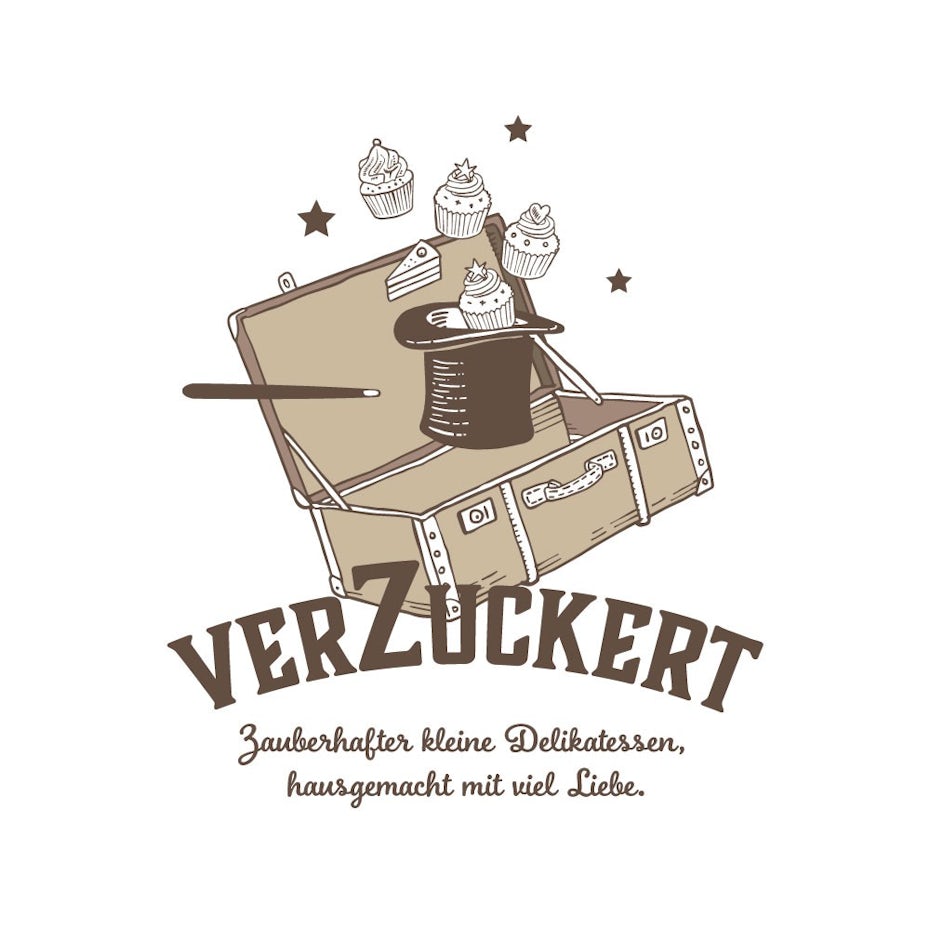
Brown is probably not used very often because humans have learned to associate it with rotting and decay. However, its association with nature can overcome that. Brown is also a deep, rich color (that’s made from mixing all other colors together). It can be great to give a brand a subdued, earthy feel and is great for outdoorsy companies or those selling naturally brown products like chocolate. It also represents aging (in the form of faded book pages), so is often used by types of logos wanting a vintage, hand-made feel.
Black logos
Black is the new black. Want to look slick, modern and luxurious? Time to go black. Rather look economical and affordable? Stay away from the dark side.
Choosing the right logo colors can highlight your business’ strengths and help you attract the right customers. And, as you might guess, the wrong combination can have the reverse effect.

Everyone has heard of color psychology, which tells us that colors impact our emotions and behaviors. Yellow is cheerful (because the sun is bright and yellow!) and green is calming (like laying in the grass and looking up at a bunch of leaves is peaceful). But do these logo color “rules” really mean anything in business and branding?
Researchers Lauren Labrecque and George Milne looked into that question and found that some colors have a measurable impact on consumers and others don’t. So yes, yellow will make your brand look youthful and approachable, but a green logo doesn’t inherently make customers think your brand is peaceful. We’ve used their research (and others’) to come up with a definitive list of what logo colors actually tell potential clients.
Complete guide to logo colors
—
Which logo colors mean what?
—
Red logos
Red is the universal sign of excitement, passion and anger. It draws attention and makes you stand out from the crowd. Is your brand loud, playful, youthful, or modern? Think red. More mature, classic, or serious? Red may not be for you.

By ultrastjarna
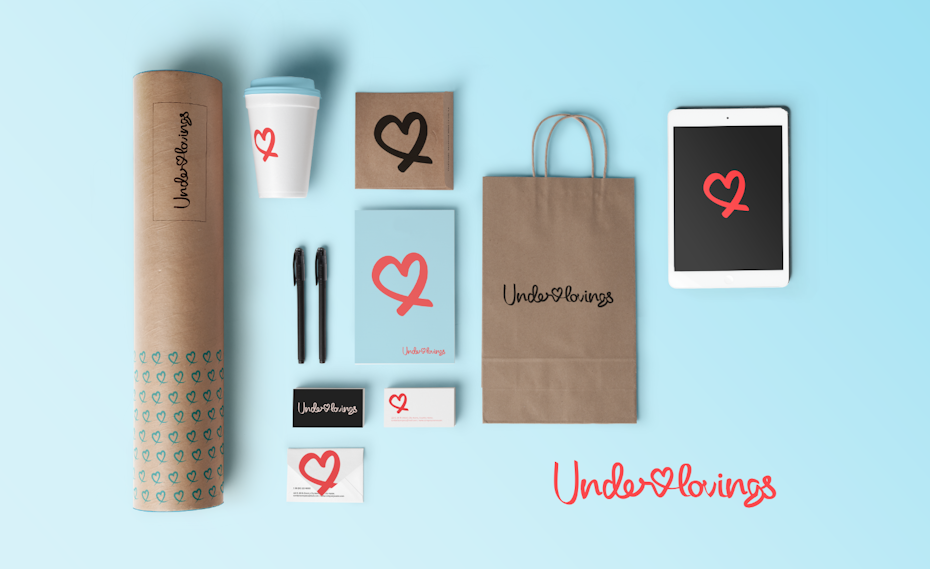
By nnorth


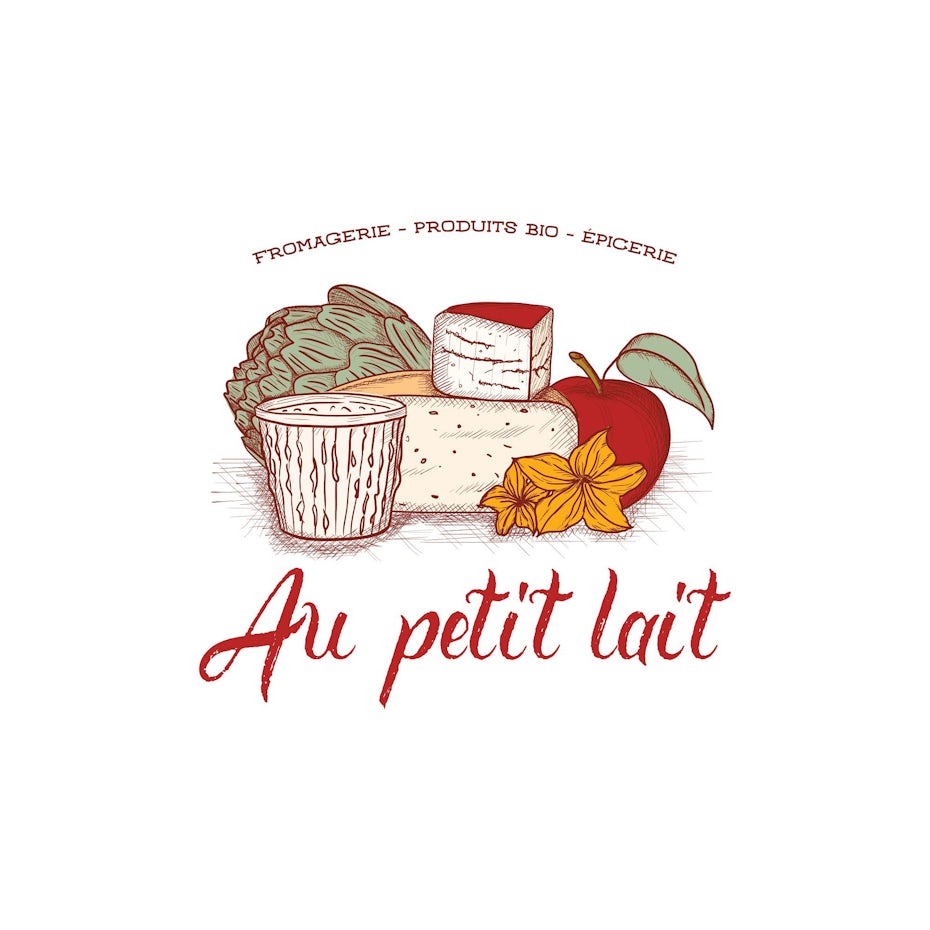
By Mamaana
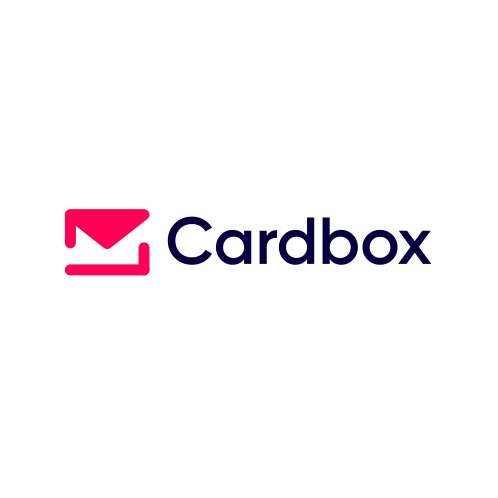
By -Alya-
Red is the first color that babies can see (besides black and white). Scientists theorize that humans evolved the ability to see red better than other colors because it allowed us to more easily identify fruits growing on trees. It developed a strong evolutionary meaning as well: when they’re emotional (either with anger or passion), human faces turn red. Thus today we associate that color with heightened emotion, including love, sex, anger and passion. And while not exactly an emotion, red has also been shown to stimulate appetite (which is why you see it in many food and restaurant logos).
Whether used alone or as an accent color, red is a powerful choice for a logo color.
See more red logos >>
Orange logos
Orange is an invigorating, playful color. Go orange to stand out from the crowd. It’s used less often than red, but still packs an energetic punch. Be cautious when using orange if your brand is trying to appear luxurious or serious, as orange does not invoke those traits to consumers.

By Henning Bo

By EWMDesigns
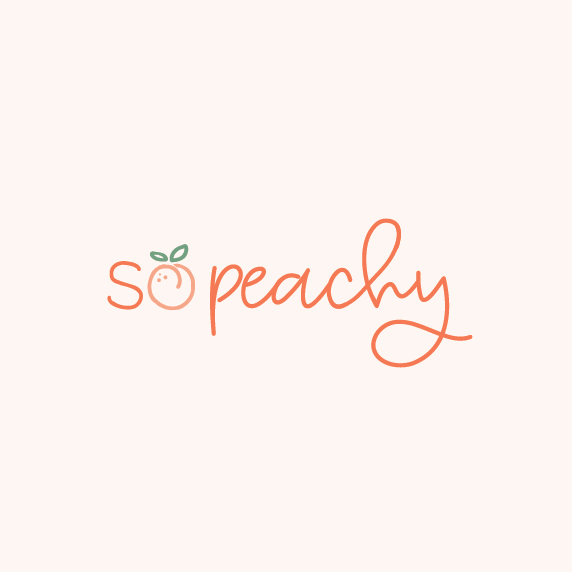
By ✦ᎪᏞᎥᏟᎥᎪ✦
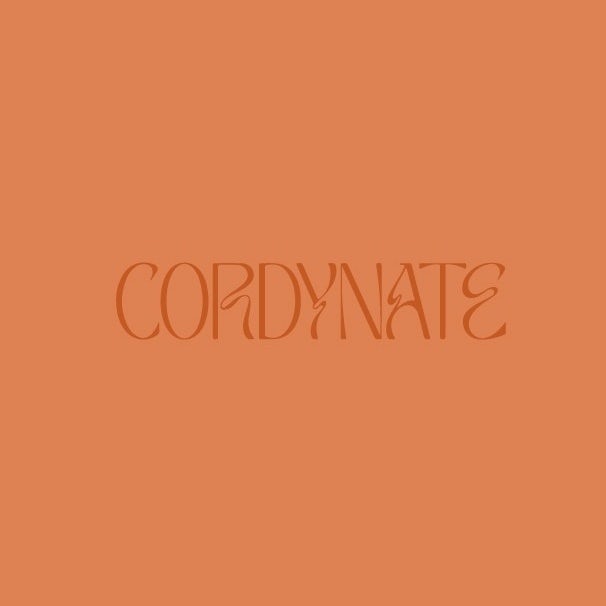
By KisaDesign
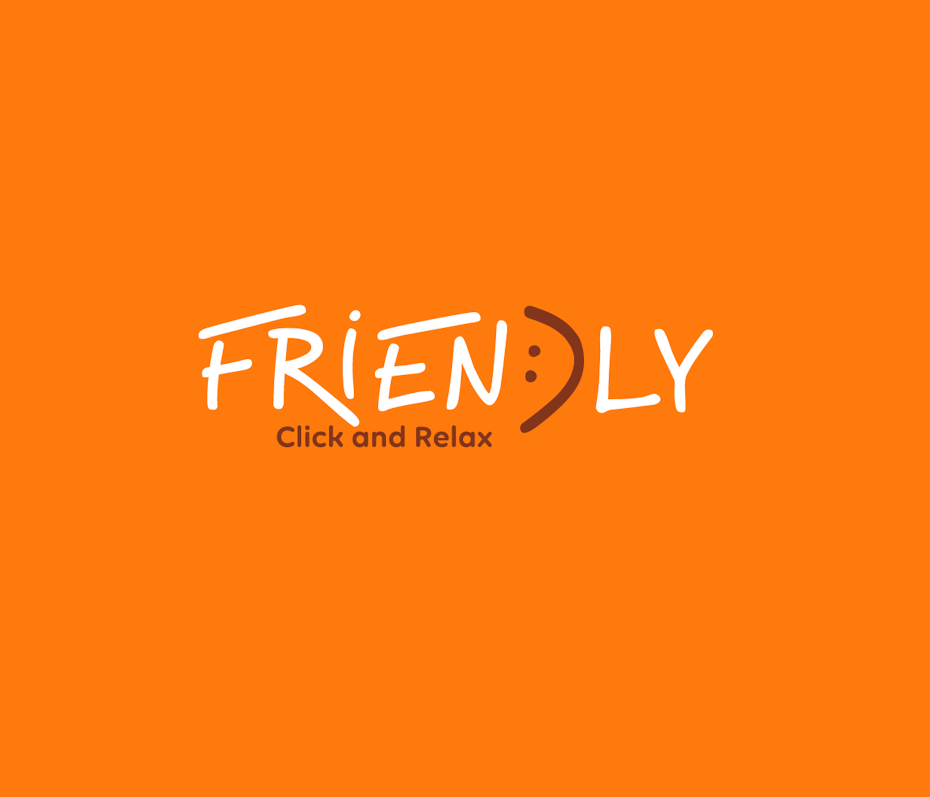
By JѧʏJѧcҡsᎧη™

By Milos Zdrale
A combination of yellow and red, orange takes on traits of both of those primary colors.
Orange was one of the more recent color words added to the English language (in fact in old English it was known as “yellow-red;” the word orange was adopted from French when the orange fruit was imported from the Mediterranean.
Orange is associated with change (think autumn leaves or orange skies at sunrise/sunset) and is often used by brands who like to think of themselves as a little bit different.
See more orange logos >>
Yellow logos
Yellow logos reflect accessible, sunshiney friendliness. Yellow exudes cheer, and your brand will radiate an affordable, youthful energy. On the other hand, most consumers do not associate yellow with maturity or luxury brands, so think twice if that’s how you want your business to be seen.

By goopanic


By Terry Bogard

By ananana14
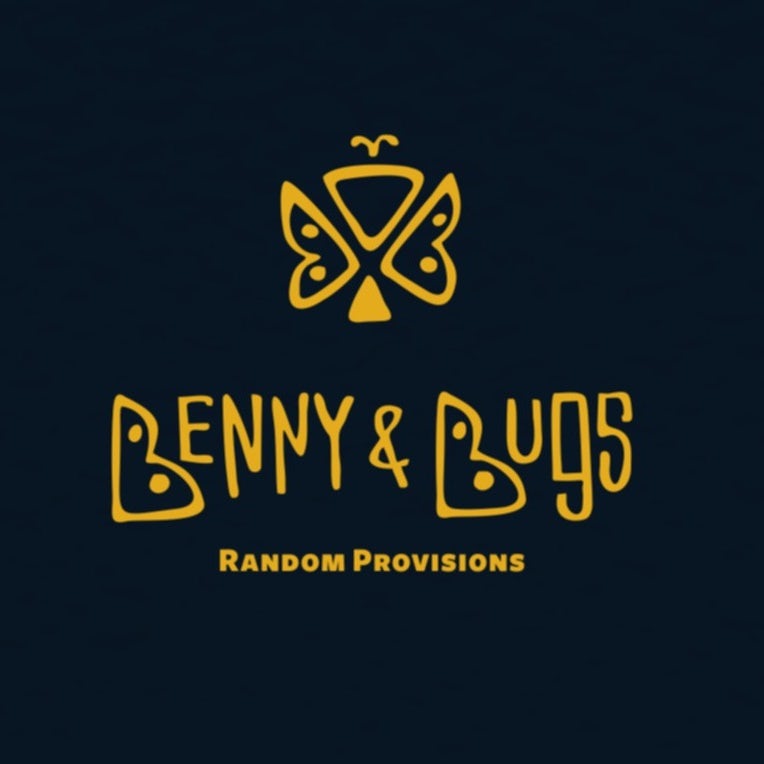
By apelsini

By casign
Yellow is a primary color in subtractive color systems and was one of the first paint colors humans were able to mix. It has many cultural associations (gold, fields of wheat and corn, sunlight, etc), and is one of those colors that’s very diverse. A soft, bright yellow is light and fresh, where a deep gold holds more weight and history.
See more yellow logos >>
Green logos
The ultimate in versatility, research shows that green isn’t linked with many brand personality traits, but it has strong cultural associations. Typically, green represents the natural world, which is why eco-friendly, vegan, and natural wellness brands often have green logos. But you can also use green for just about any type of business!

By C1k

By Dusan Klepic
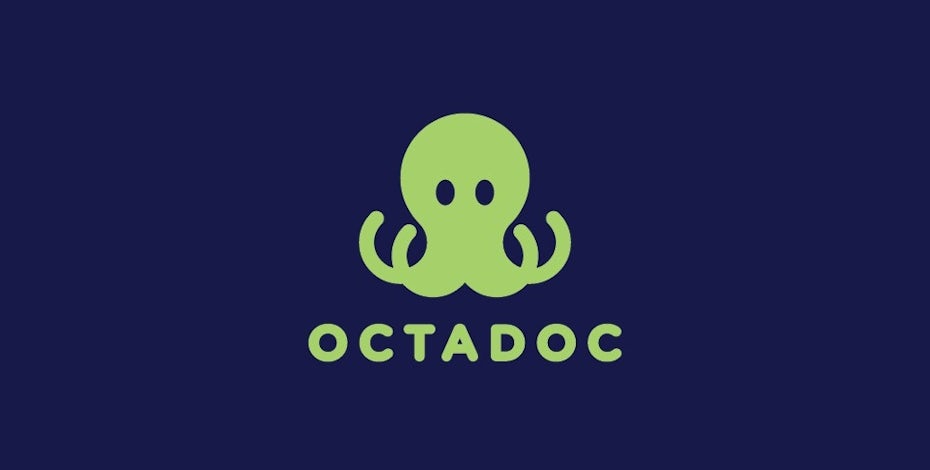
By Stephen.

By Nandatama ✪

By Luz Viera
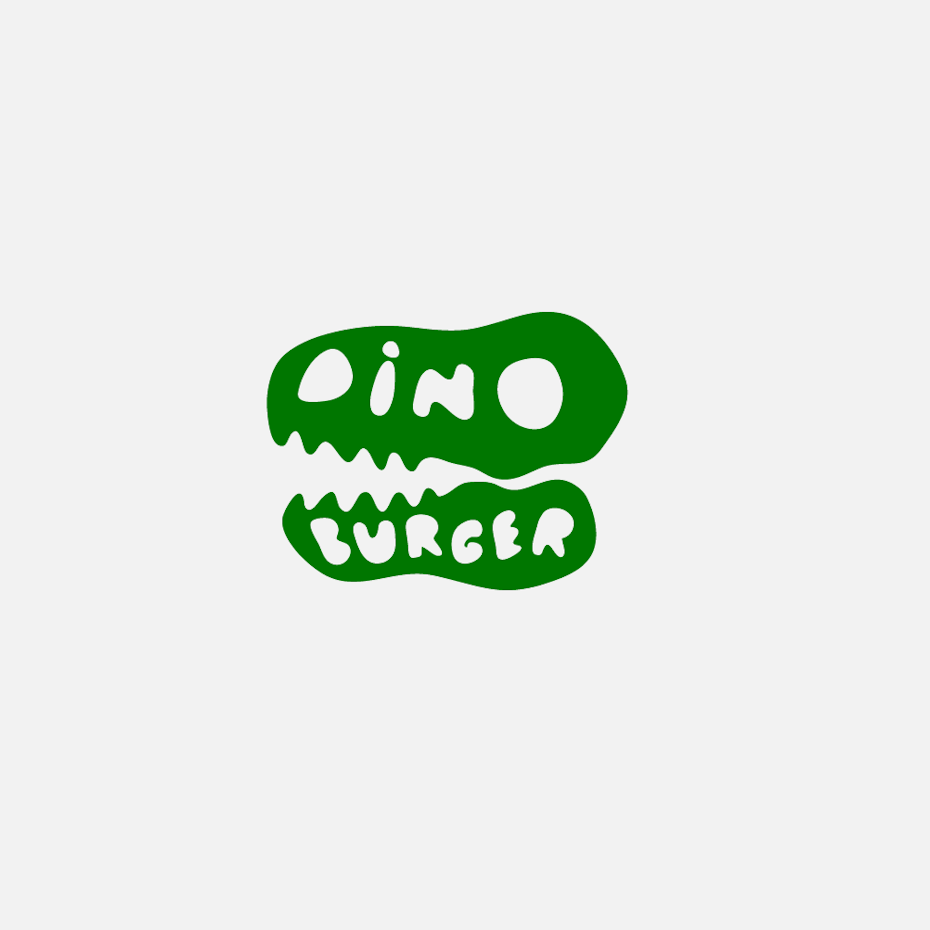
Since plants are green (and they come back to life after a long winter), many people say green is the color of growth or new life, but also greed and poison. But historically and in different cultures, green has been a color of death. (In fact, a popular green dye created in the 18th century included arsenic, and it literally killed people. Some have argued that it may be partially responsible for the death of Napoleon Bonaparte, whose walls were covered in green-dyed wallpaper).
In the US, we associate green with money because dollars are green, but remember that this association won’t hold across other cultures. What does all this mean? Green can work for just about any brand. Build meaning through hue, shade, logo shape and your font choice.
See more green logos >>
Blue logos
Blue symbolizes trustworthiness and maturity. You should use it for your brand if you want to be taken seriously. One thing to keep in mind, though, is as the classic king of colors, blue appears in over half of all logos. And because blue can also evoke calmness (imagine the serenity of still waters), if you use blue for your brand, you’ll need to find a way to avoid fading to the background!

By Yokaona

By FDS™

By Arthean

By -Alya-

By Graphyte

Ironically, considering its popularity today and the fact that it’s a primary color, it’s one of the newer colors to be named by humans: ancient people (Greek, Chinese, Japanese and Hebrew) didn’t have a name for the color blue. It’s one of the last color words to appear in virtually every language. In fact there’s still a tribe in Namibia today whose language doesn’t have a word for blue.
All that being said, choose blue for your brand if you want to exude classic confidence or ensure trust in your brand. (Well, unless you’re in Namibia!) Be wary of blue if you are in the foodservice (it supposedly suppresses appetite). If you love blue and want to be more playful, just make sure you choose a lighter blue that is more on the teal side of the color wheel.
See more blue logos >>
Purple logos
Purple is where the rainbow gets luxurious. Use purple to appear simultaneously cutting-edge and wise.

By Gio Tondini
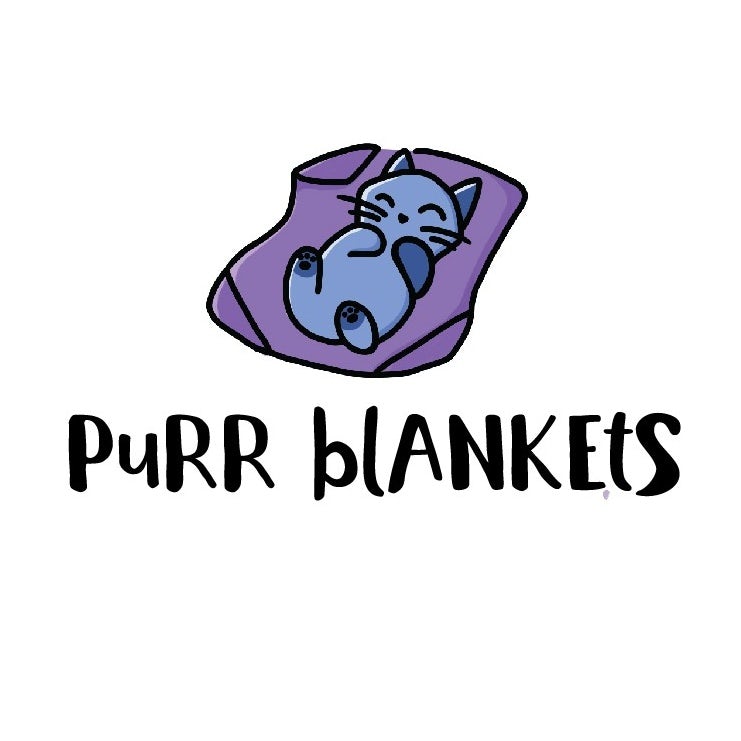
By ananana14
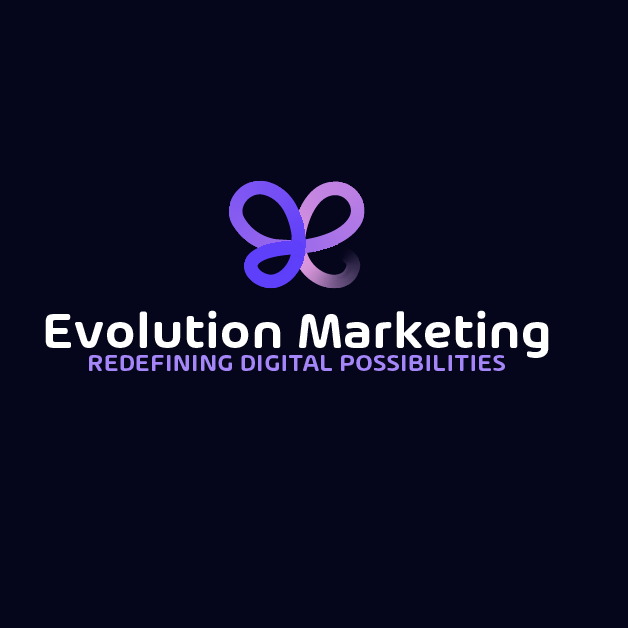
By Arthean


By -Alya-
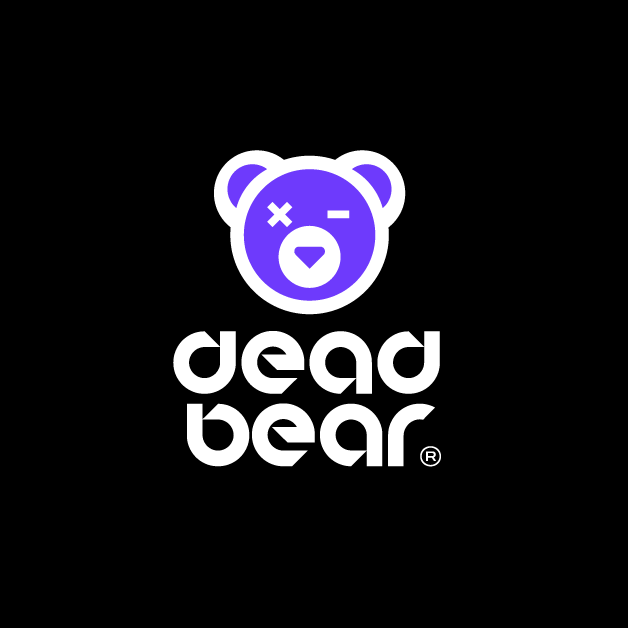
By casign
Purple probably gets its luxurious associations because historically purple dye was very expensive, thus the color was only worn by the very wealthy. One interesting thing about purple, though, is while it’s associated with luxury and wealth, it’s not seen as an overly serious color. Got a playful, expensive project? Purple is perfect. Sell professional business attire? You’re going to be fighting an uphill battle with a purple brand.
See more purple logos >>
Pink logos
In modern, Western society, pink is one of the most versatile colors. From soft millennial pink to neon magenta, pink can give a brand a modern, youthful, luxurious look.

By shaka88
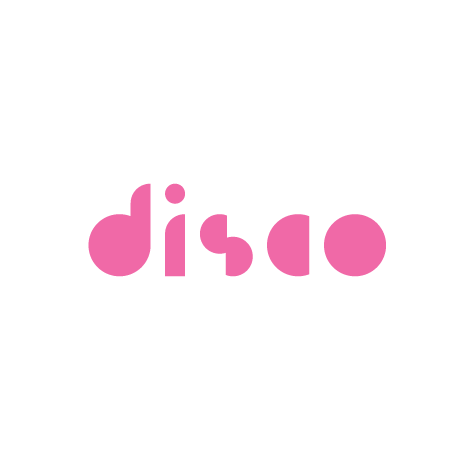
By blue spin

By Cope_HMC

By sesaru sen
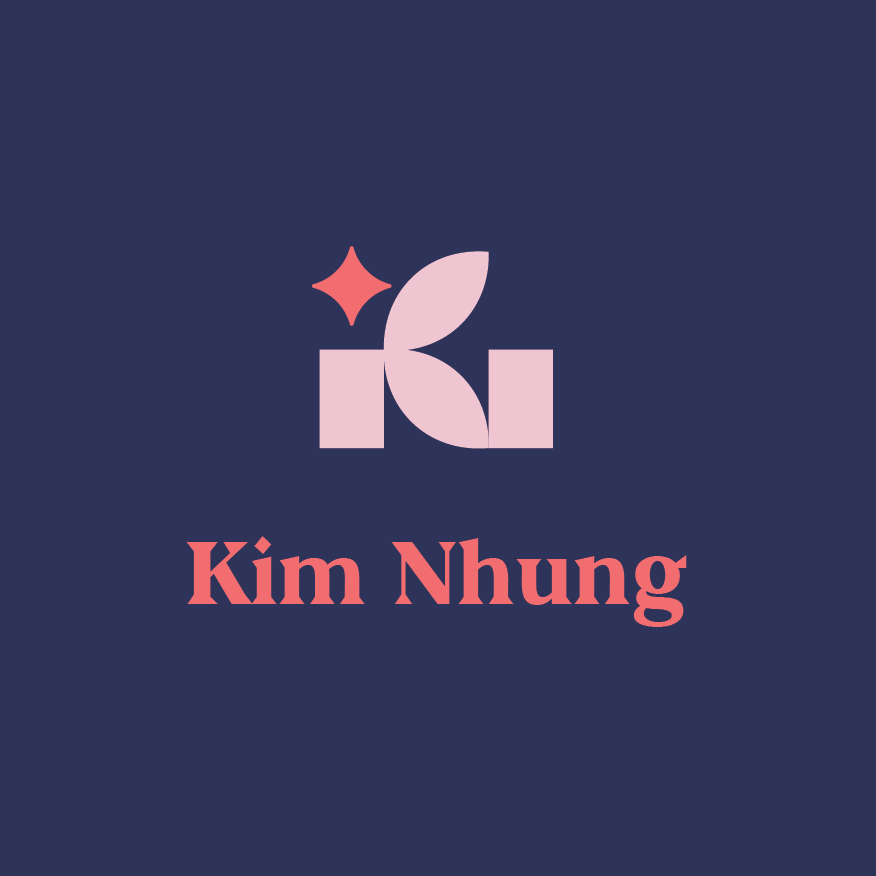
By Arthean
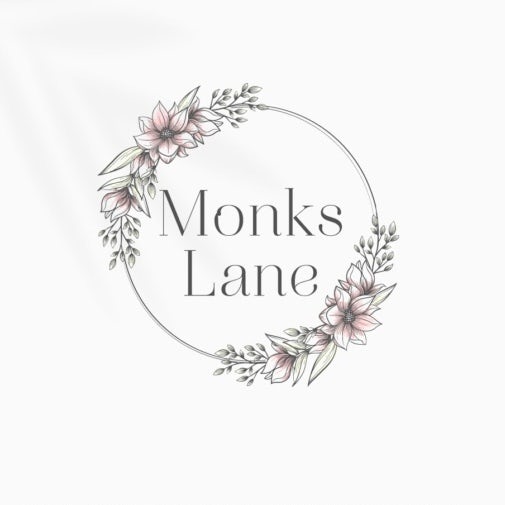
By Boutchou
Pink is an unusual color. All 6 colors listed above are either primary or secondary colors in subtractive color systems. In theory, pink is just light red. But we don’t have an equivalent English word for light blue or light yellow. It’s also a relatively modern color word—it only entered the English language in the 17th century when it represented luxury. So in the long history of color, pink is still very young and hip.
See more pink logos >>
Brown logos
Being the color of dirt and tree bark, brown is the epitome of earth tones. This and the fact that it is less vibrant than other colors, it tends to come across as rugged and serious. Brown is also the least-utilized logo color, so if you choose it you’ll be sure to stand out from the competition.

By Ridhogillang

By Henning Bo
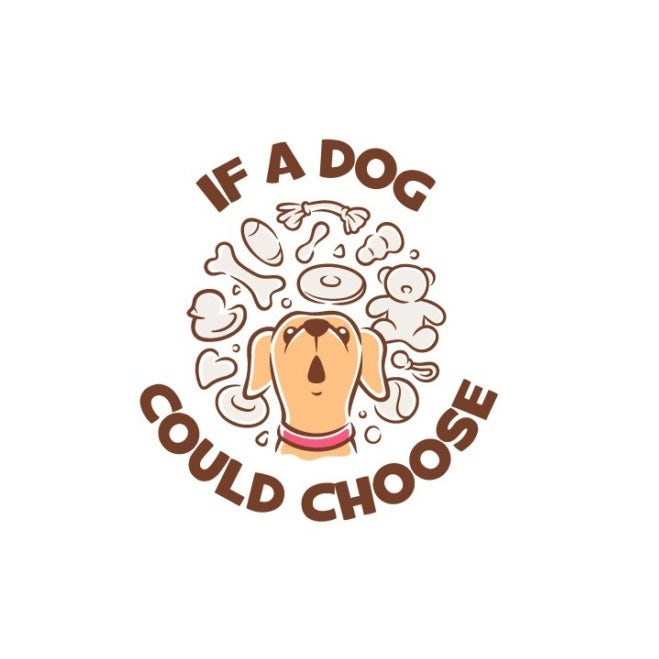
By TamaCide

By artsigma

By ananana14

By Tmas
Brown is probably not used very often because humans have learned to associate it with rotting and decay. However, its association with nature can overcome that. Brown is also a deep, rich color (that’s made from mixing all other colors together). It can be great to give a brand a subdued, earthy feel and is great for outdoorsy companies or those selling naturally brown products like chocolate. It also represents aging (in the form of faded book pages), so is often used by types of logos wanting a vintage, hand-made feel.
See more brown logos >>
Black logos
Black is the new black. Want to look slick, modern and luxurious? Time to go black. Rather look economical and affordable? Stay away from the dark side.


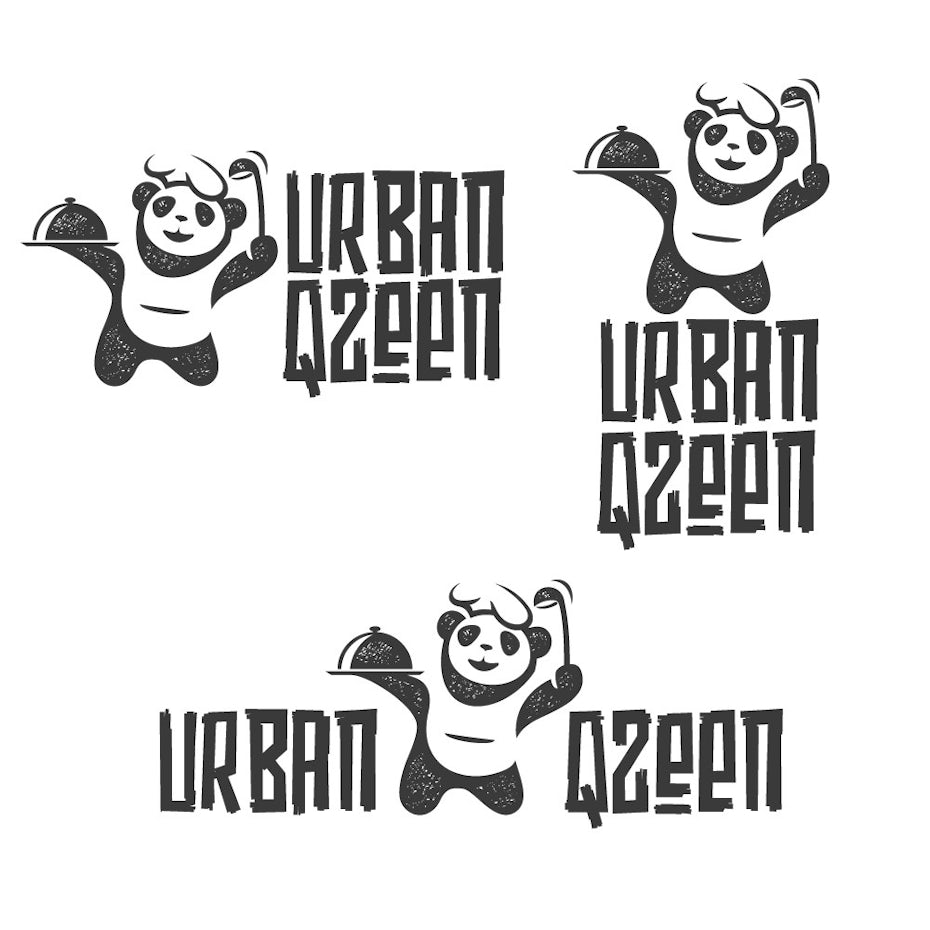
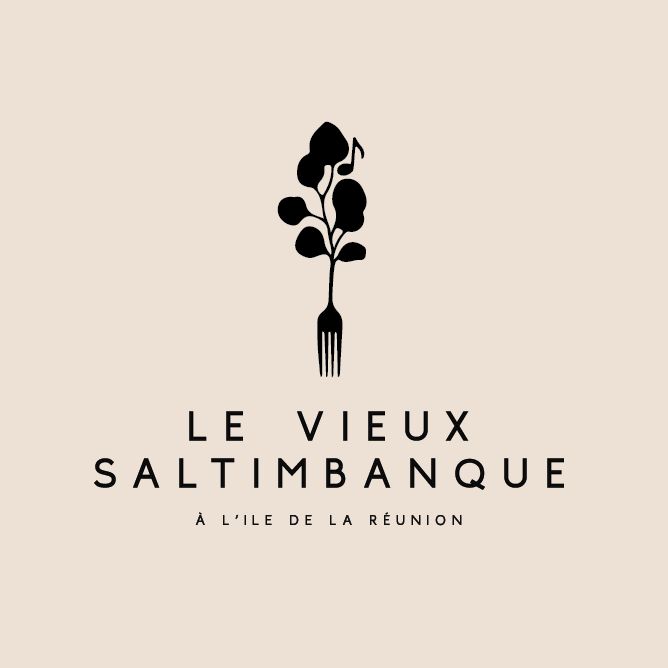
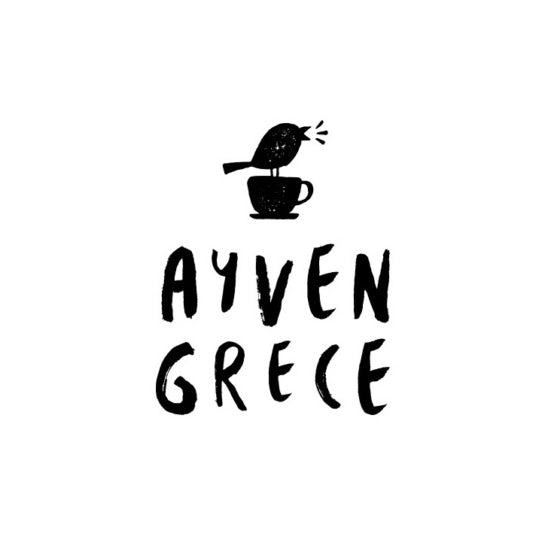
Black isn’t a color in the same way that orange and purple are. Humans see those colors because they’re a specific wavelength of light that we can identify and differentiate. Black, on the other hand, is the absence of light. For something as old as light itself, black still feels modern. Its simplicity is almost jarring, giving all-black logos a feeling of mystery and exclusiveness that can be capitalized on by luxury brands.
Gray logos
Not quite dark, not quite light. Gray is the middle ground of mature, classic and serious. Go darker to add mystery. Go lighter to be more accessible.

Like with black, there is a stark simplicity to gray. Because it’s softer, however, it takes a more muted, serious vibe, giving gray logos a classic feel.
White logos
White is the absence of color. On its own, it tends to come across as clean and weightless, like the essence of light itself. It is useful for brands that want to come across as careful and methodical, spotless in their delivery. It can also be aspirational, representative of a kind of unattainable purity.

While most logos will have a white version, this will inevitably be paired with another color (as a background) and that color will dominate. When used as an accent—or added to another color to make it lighter—white is youthful and economical. But it can work for almost any brand.
Where do logo color meanings come from?
—
Logo color meanings come from the collision of science, art and culture. How your customers respond to colors and color combinations is influenced by 3 things: aesthetics, learned cultural associations and evolutionary programming.
Aesthetics
Just like musical notes, some logo color combinations harmonize well, some create tension that gains notice, while others clash and turn the customer off. Basic color theory explains that consumers will tune out bland, too-similar color palettes, and will become overwhelmed by chaotic, conflicting color arrangements.
Learned associations
Over time, we’ve all learned to associate certain colors with certain feelings: think of brides wearing white on their wedding day as a symbol of purity, or mourners dressing in black to embody a somber occasion. Many of these associations, however, are purely cultural: brides in India wear rich, multi-hued saris, and in South Africa, red is the color of mourning.
Programmed associations
Researchers suspect that at least some of our color associations are the result of evolution. For example, few humans choose brown as a favorite color because of its association with rotting—and possibly contaminated—produce. Red, on the other hand, is a universal sign of heightened, passionate emotions, which makes both people and animals stop and take notice.
How to choose a logo color?
—
Before picking your logo color scheme, think about the message you most wish your business to convey. What virtues do you want to highlight? Speed, bold innovation, efficiency, compassion, intuitiveness?
Brand personality traits that appeal to your target customer are an important consideration when choosing logo colors. Consumers consciously or subconsciously choose products that align with their personal identities. Colors help consumers to categorize products and services, identify which are for them, and in turn make purchasing decisions between similar products.
Once you know what you want your brand identity to represent, go through the list of colors above and identify which might help you convey the right message.
How to combine logo colors?
While you might get away with focusing solely on brand personality traits to come up with a single logo color, combining colors is where you have to take into account visual harmony. After all, your brand might be earthy and luxurious, but brown and purple are two colors that just don’t go well together visually. At the same time, there are techniques to help you leverage tried and true aesthetic principles to combine colors effectively.
![Analogous color scheme on the color wheel]](https://99designs-blog.imgix.net/blog/wp-content/uploads/2021/12/Analogous-3-column.png?auto=format&q=60&fit=max&w=930)
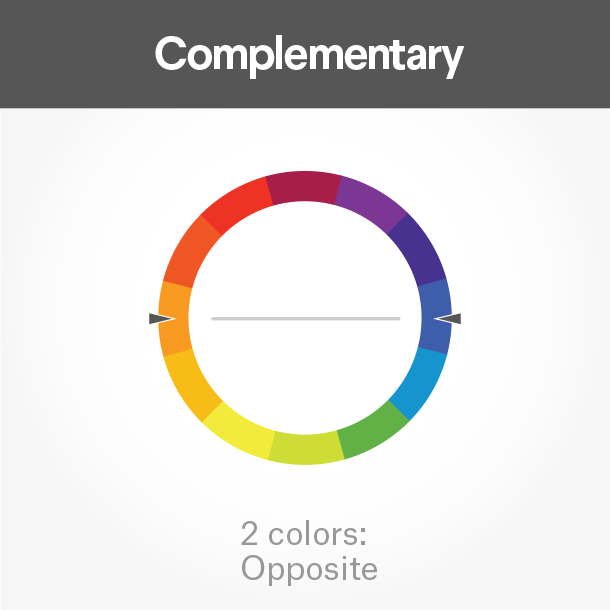

The color wheel—a circular representation of how colors are paired based on their light frequencies in nature—is an essential starting point for working with colors. It provides a scientific method for combining colors based on their proximity to one another on the wheel. Some common color wheel pairings include:
- Analogous: a harmonious selection of colors that are next to one another.
- Complementary: a contrasting color selection of colors that are opposite one another.
- Triadic: a selection of three colors that are opposite from one another based on an equilateral triangle
Once you start looking around at logos with multiple colors, you’ll notice many take advantage of these color wheel pairing techniques.
Up until this point, we’ve mostly been talking about primary hues, which is to say the purest form of a color. For example, we know that even one of these colors, such as green, can come in thousands of variations—just look at a forest! These variations come as a result of mixing hues with tints and shades. A tint is a lighter version of the base hue mixed with white, and a shade is a darker version mixed with black.
Essentially, this is where the color wheel becomes three-dimensional. If you imagine the wheel as a sphere with the innermost core being pure black and the outermost rim being white, the hue would grow from light to dark depending on how deep you go.
Tints and shades can subtly change both the aesthetic and emotional impact of a color. For example, pastels (or light-tinted hues) will naturally come across as soft and cheery whereas darker shades will come across as more serious.
This is in addition to the general associations that already come with the base hue. In terms of color combinations, softening or darkening the hues can help you manage combinations that might not ordinarily work in their purest form. For example, rainbow logos can be difficult to pull off due to their many colors, but softening the hues can make them more manageable.
Lastly, remember that you don’t have to combine logo colors in equal portions. You can select a single dominant color and make use of an accent color to be used in small doses. This can be helpful when you don’t want to limit yourself to one color but also don’t want to commit to multiple. Because an accent is used sparingly, it is recommended to choose a contrasting, bolder color as an accent is supposed to pop.
How culture impacts logo color meanings?
If your brand is international in scope—as so many today are—you should be aware of the symbolic meanings your logo colors can have when viewed in other cultures. A common example is the way white is viewed in most Western cultures as symbolic of purity while in some Eastern cultures as symbolic of death. A little foresight and cultural sensitivity can go a long way toward making effective color choices and getting your logo color meanings right.

The infographic provided here can be a great place to start in cross-referencing the color associations across various regions to be sure you’re not setting off any unintended emotional triggers. These are quick, one-word generalizations, however, and if you know that your logo will be featured prominently in particular regions, you will need to research more thoroughly the cultural psychology behind color. It can be helpful to understand the underlying context, such as traditions (like our wedding dress example), cuisine, and myths.
If you know for certain that your logo will appear in a wide variety of cultures, it can be a good idea to maintain a neutral tone rather than going with a loaded color choice. Additionally, a neutral base color can give you the foundation for a versatile logo, in which the logo color can change depending on the context. For example, Freshinnet’s logo here uses a black base logo, and this is converted to different colors as necessary.
How to choose logo colors that stand out from the competition?
The key to an effective logo is brand recognition. So if you want to stand out, it’s a good idea to choose a color palette that differs dramatically from those of your largest competitors.
Often, a color might seem like the most obvious choice for your brand. But that probably also means it’s an obvious choice for businesses like yours. This is why some logo colors end up being typical in a given industry—for example, a google search of “cafe logos” turns up mostly brown logos. While a color might seem to fit your brand, if it makes you look like everyone else, its message will be lost in the noise.
This is why choosing a logo color isn’t just about expressing who your company is, but what makes your company unique. The underlying issue with the “cafe logos” example is that the color choice is a result of superficial brand traits (coffee is brown, so brown logo it is) that are likely going to be shared across competitors. Instead, because color is such a primal, visceral means of visual communication, it should relate something more meaningful to your audience.
What color will your logo be?
—
Choosing the color of your logo is not as simple as liking green and wanting a dark forest logo. Consider how you want your brand’s personality to be perceived and what colors can help you share that with your customers. It’s also worth considering what your competitors are doing. Can you benefit from being an exciting, fun company in a more traditional field? Sometimes zagging is far better than following everyone else’s zigging.